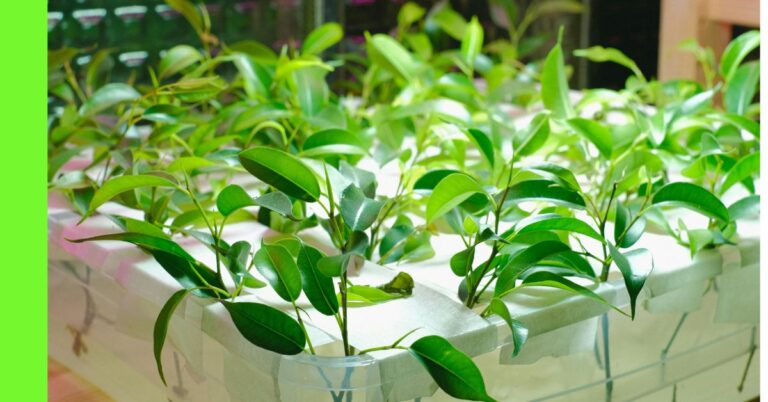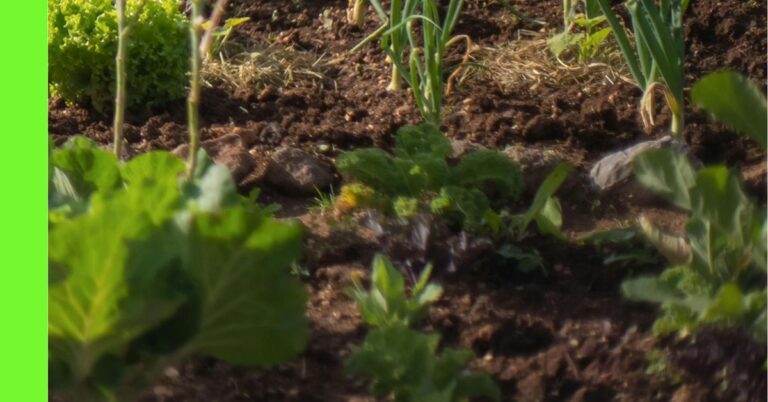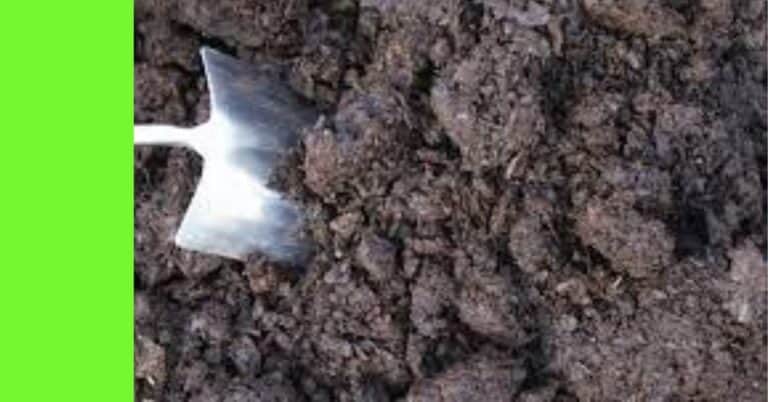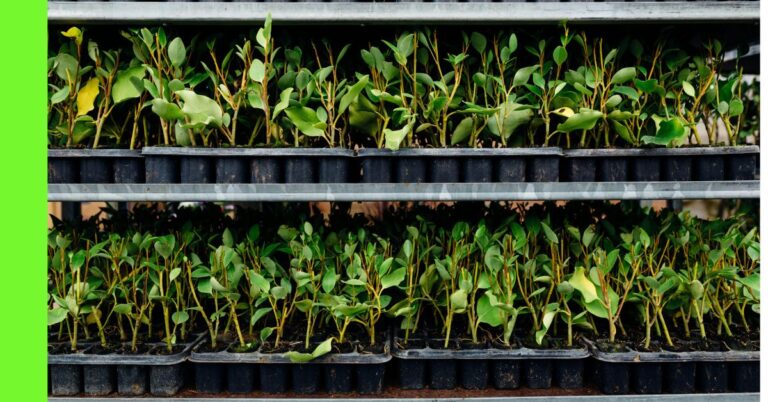A Guide To Selecting Plants Suitable For Your Climate Zone
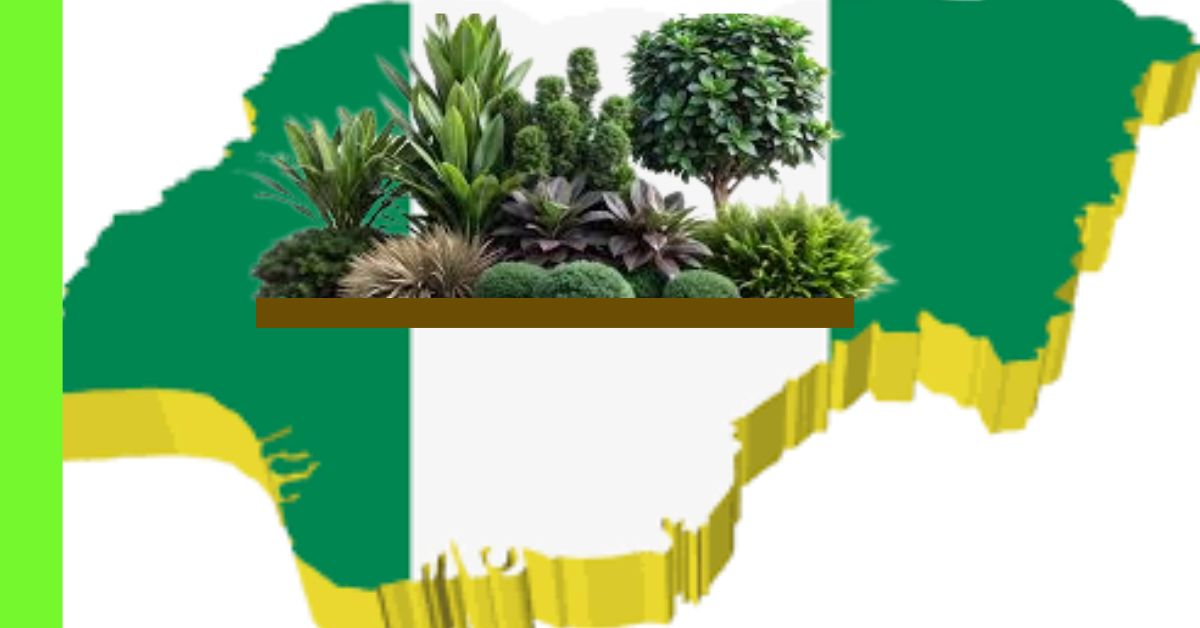
Selecting plants suitable for your climate zone is crucial for successful gardening and farming.
Every plant has specific climatic conditions that allow it to thrive, and understanding these conditions can mean the difference between a bountiful harvest and crop failure.
This article will explore:
- How climate affects plants,
- The importance of choosing the right crops for your climate zone,
- An overview of Nigeria’s climate zones and
- Key factors to consider when selecting plants.
We begin by asking this question: Does the climate affect your plants?
Does the Climate Affect Your Plants?
The answer is yes, climate significantly impacts plant growth and productivity.
Climate encompasses temperature, rainfall, humidity, and seasonal changes, all of which affect plant physiology.
For example:
- Temperature: Some plants require warm temperatures to grow, while others thrive in cooler conditions.
- Rainfall: Water availability influences plant health. Drought-resistant plants like millet thrive in dry areas, whereas rice requires a wetter climate.
- Humidity: High humidity levels can promote fungal diseases, affecting plant yields.
- Seasonality: Some crops have specific growing seasons and may not survive extreme weather conditions outside their ideal climate.
Understanding these climatic factors helps in choosing plants that can adapt to your specific environment.
Importance of Selecting Appropriate Crops for the Climate Zone
Choosing the right crops for your climate zone offers numerous benefits, including:
- Improved Growth and Yield: Plants adapted to a specific climate grow faster and produce higher yields.
- Reduced Need for Artificial Inputs: Selecting climate-appropriate plants reduces dependence on fertilizers, irrigation, and pesticides, lowering farming costs and environmental impact.
- Pest and Disease Resistance: Native or adapted plants are naturally resistant to local pests and diseases, reducing crop losses and the need for chemical treatments.
- Sustainability and Cost-Effectiveness: Growing suitable crops leads to sustainable farming practices, reducing losses and increasing profitability while preserving soil health.
- Efficient Water Use: Climate-appropriate crops require less artificial irrigation, ensuring water conservation and sustainable agricultural practices.
- Climate Change Adaptation: With the growing impact of climate change, selecting suitable crops helps farmers mitigate risks associated with extreme weather conditions, droughts, and temperature fluctuations.
- Improved Soil Health: Growing the right crops helps maintain soil fertility and prevent degradation, as certain plants contribute organic matter and nutrients back into the soil.
By understanding the importance of selecting appropriate crops for their climate, gardeners can maximize productivity, reduce costs, and contribute to a more sustainable agricultural system.
Understanding Nigeria’s Climate Zones
Nigeria has different climatic regions that influence the types of crops that can thrive.
The major climatic zones include:
- Sudan and Sahel Savannah (Northern Nigeria): Characterized by low rainfall, high temperatures, and dry conditions. Suitable crops include drought-resistant varieties such as millet, sorghum, cowpeas, groundnuts, and onions.
- States in this region: Borno, Yobe, Jigawa, Katsina, Kano, Sokoto, Zamfara.
- Guinea Savannah (Central Nigeria): This zone has moderate rainfall and supports a mix of cereals, legumes, and tubers like maize, yams, cassava, soybeans, and rice.
- States in this region: Kwara, Kogi, Benue, Nasarawa, Niger, Plateau, Taraba, parts of Kaduna, and the Federal Capital Territory (FCT).
- Rainforest Zone (Southern Nigeria): With high rainfall and humidity, this region is ideal for crops such as cocoa, oil palm, plantain, cocoyam, vegetables, and cassava.
- States in this region: Lagos, Ogun, Oyo, Osun, Ondo, Ekiti, Edo, Delta, Anambra, Enugu, Ebonyi, Imo, Abia, Cross River, Akwa Ibom, Rivers, Bayelsa.
- Mangrove Swamp and Coastal Areas: Found in the Niger Delta region, these areas have high moisture content, supporting crops like rice, coconut, sugarcane, and periwinkle farming.
- States in this region: Bayelsa, Rivers, Delta, Akwa Ibom, Cross River, and parts of Ondo and Lagos.
Know Your Plant
Before planting, it is essential to understand the specific needs of the plant. Consider the following:
- Growth Requirements: Different plants require specific soil types, water availability, and sunlight exposure.
- Resistance to Climate Conditions: Some plants can withstand extreme temperatures, droughts, or heavy rains better than others.
- Growing Seasons: Some crops are seasonal, while others can grow year-round with proper care.
- Nutrient Needs: Certain plants require more nutrients and might deplete soil fertility faster.
Knowing your plant ensures that you provide the right conditions for optimal growth and yield.
Visit our How To Grow category and learn more about your crops.
Factors to Consider When Selecting Plants
When selecting plants for your climate zone, consider the following factors:
Climate Compatibility
Ensure the plant can thrive in the temperature, rainfall, and humidity levels of your region.
Soil Type and Fertility
Different plants require specific soil pH and nutrient levels. Conduct soil tests to determine suitability.
Water Availability
Consider whether your region has enough rainfall or if irrigation will be needed.
Pest and Disease Resistance
Choose crops that are resistant to prevalent pests and diseases in your area.
Market Demand and Economic Viability
If farming for commercial purposes, select crops with high market value and demand.
Crop Rotation and Sustainability
Choose plants that fit well into a crop rotation system to maintain soil fertility and reduce pest issues.
By considering these factors, you can ensure that the plants you choose will thrive in your climate zone, provide high yields, and contribute to a sustainable farming system.
Properly matching plants to the environment ensures not only healthier crops but also a more efficient and profitable farming experience.
Does It Mean That Crops Cannot Grow In Another Region?
Many crops can grow outside their primary climate zones with the right agricultural practices, such as irrigation, soil amendments, and controlled environments like greenhouses.
However, certain crops naturally perform better in specific regions due to climate and soil conditions, leading to higher yields and lower production costs.
Conclusion
Selecting plants suitable for your climate zone is vital for successful farming or gardening.
Understanding how climate affects plant growth, the importance of choosing appropriate crops, and Nigeria’s climate zones will help you make informed decisions.
By knowing your plant’s requirements and considering key selection factors, you can maximize yield, reduce input costs, and ensure sustainable agriculture practices.
Hope this article was helpful.

